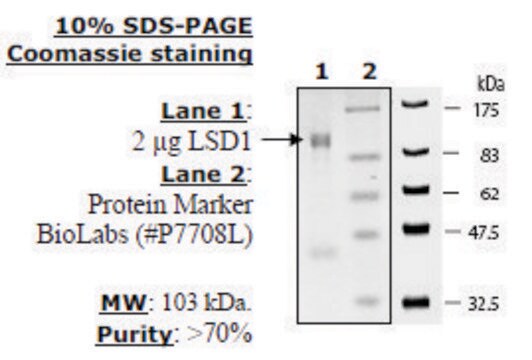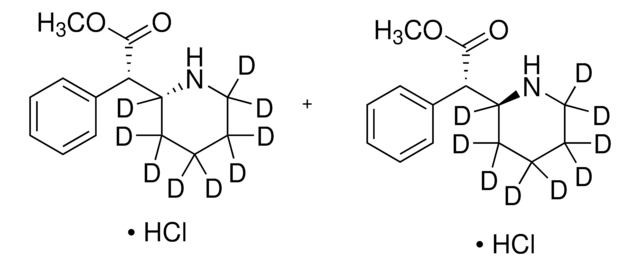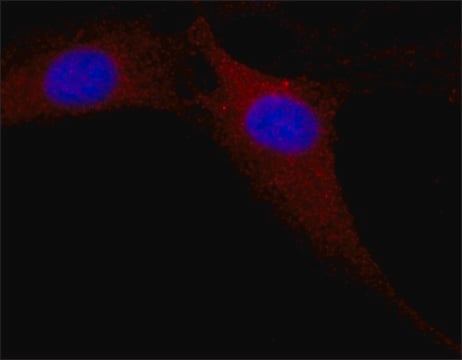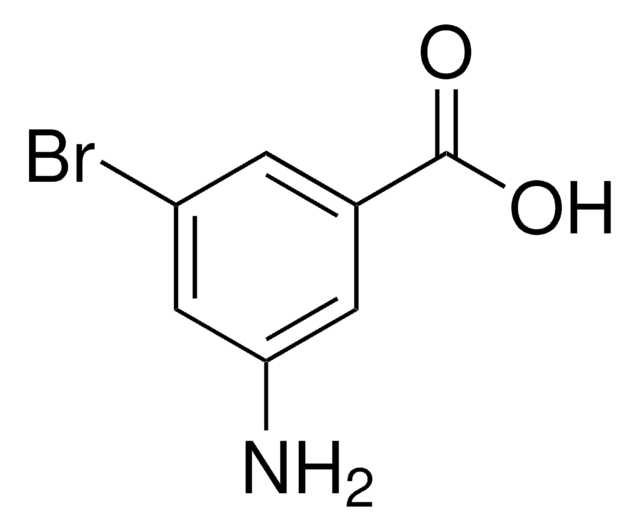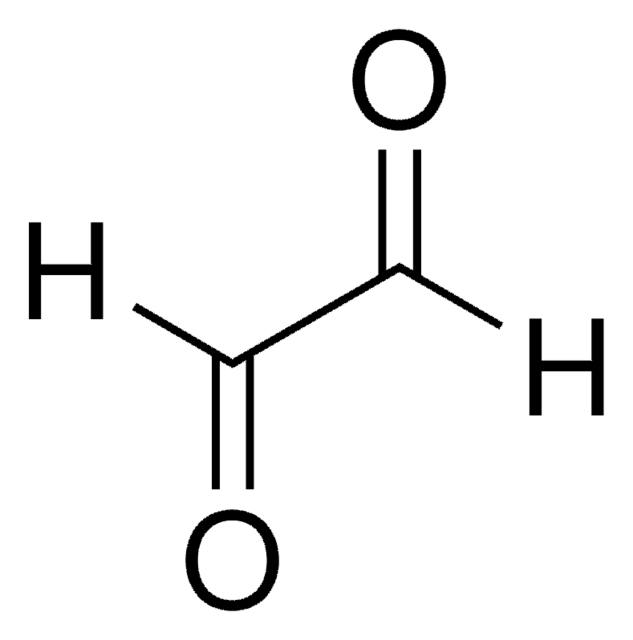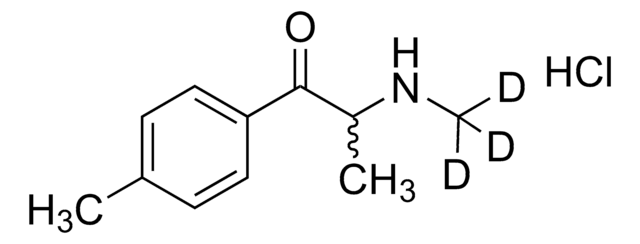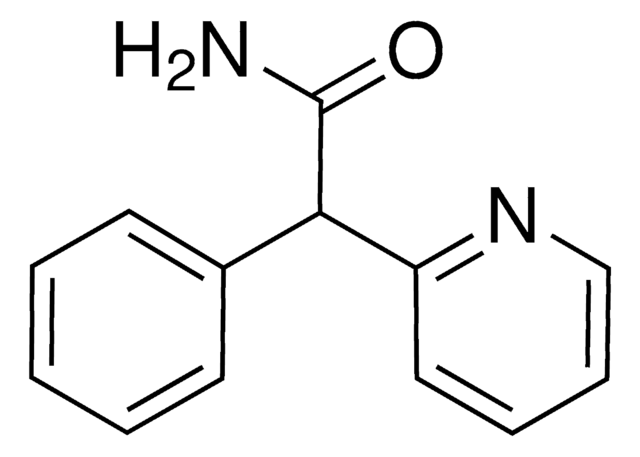SRP0125
LSD1 substrate (Di-methylated K4_H3)
≥90% (HPLC), aqueous solution
Sinônimo(s):
HIST1H3E, Histone H3.1
About This Item
Produtos recomendados
Nome do produto
LSD1 substrate (Di-methylated K4_H3), ≥90% (HPLC)
fonte biológica
human
Ensaio
≥90% (HPLC)
Formulário
aqueous solution
peso molecular
2283 Da
embalagem
pkg of 500UL
concentração
0.55 mg/mL
nº de adesão UniProt
Condições de expedição
dry ice
temperatura de armazenamento
−70°C
Informações sobre genes
human ... HIST1H3E(8353)
Descrição geral
Aplicação
Ações bioquímicas/fisiológicas
forma física
Nota de preparo
Código de classe de armazenamento
10 - Combustible liquids
Ponto de fulgor (°F)
Not applicable
Ponto de fulgor (°C)
Not applicable
Escolha uma das versões mais recentes:
Certificados de análise (COA)
Não está vendo a versão correta?
Se precisar de uma versão específica, você pode procurar um certificado específico pelo número do lote ou da remessa.
Já possui este produto?
Encontre a documentação dos produtos que você adquiriu recentemente na biblioteca de documentos.
Artigos
Epigenetic modifications are thought to occur through two key interconnected processes—DNA methylation and the covalent modification of histones.
Nossa equipe de cientistas tem experiência em todas as áreas de pesquisa, incluindo Life Sciences, ciência de materiais, síntese química, cromatografia, química analítica e muitas outras.
Entre em contato com a assistência técnica